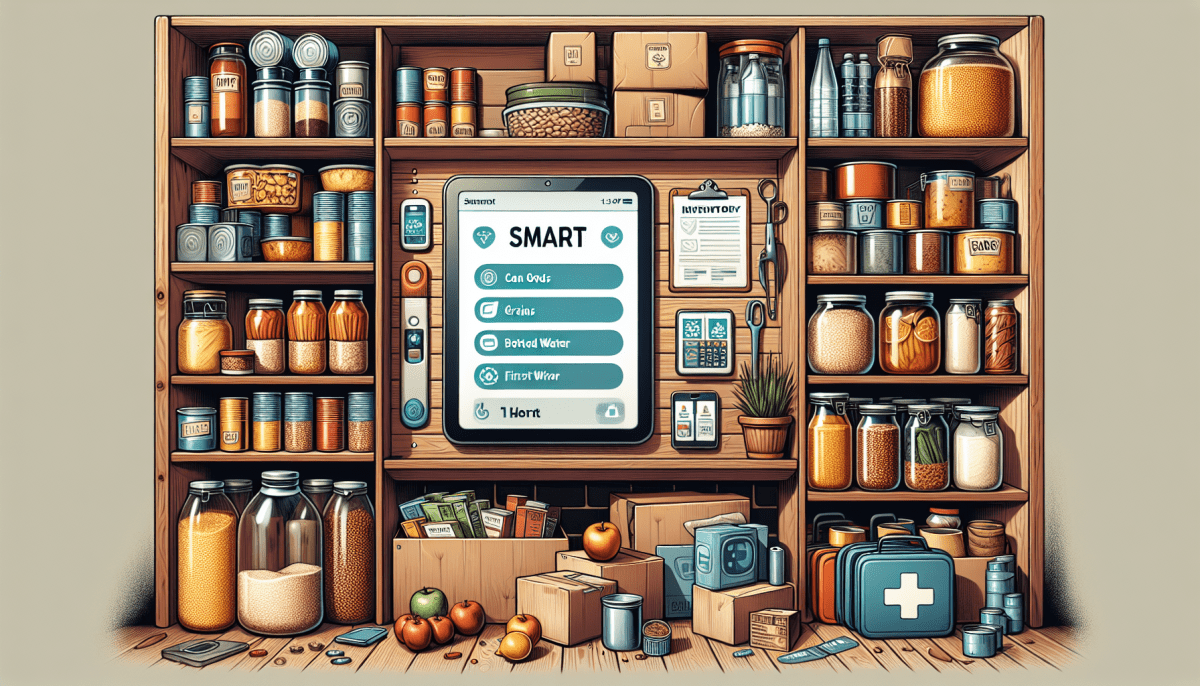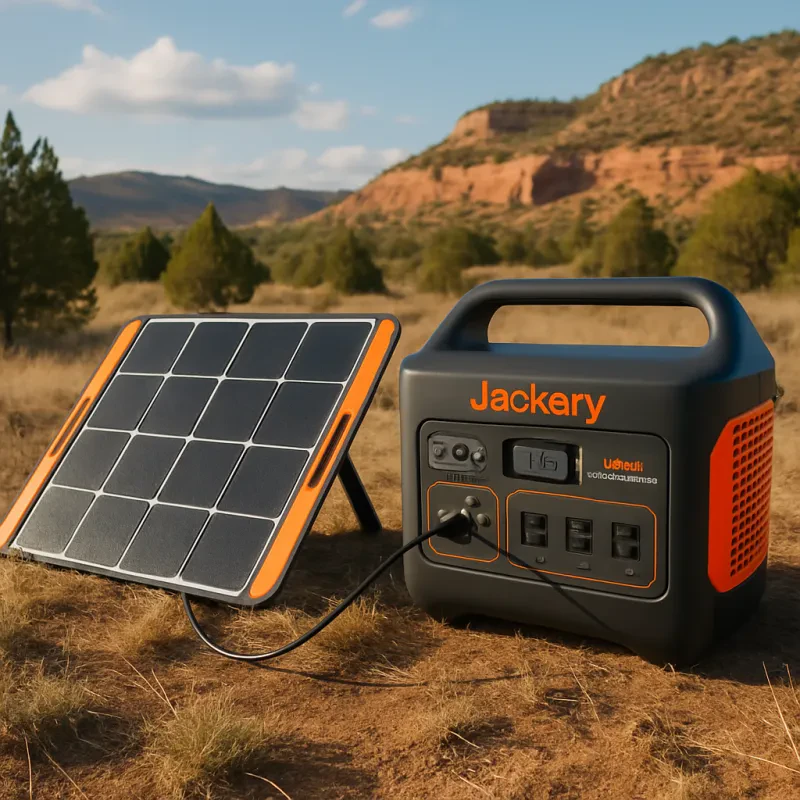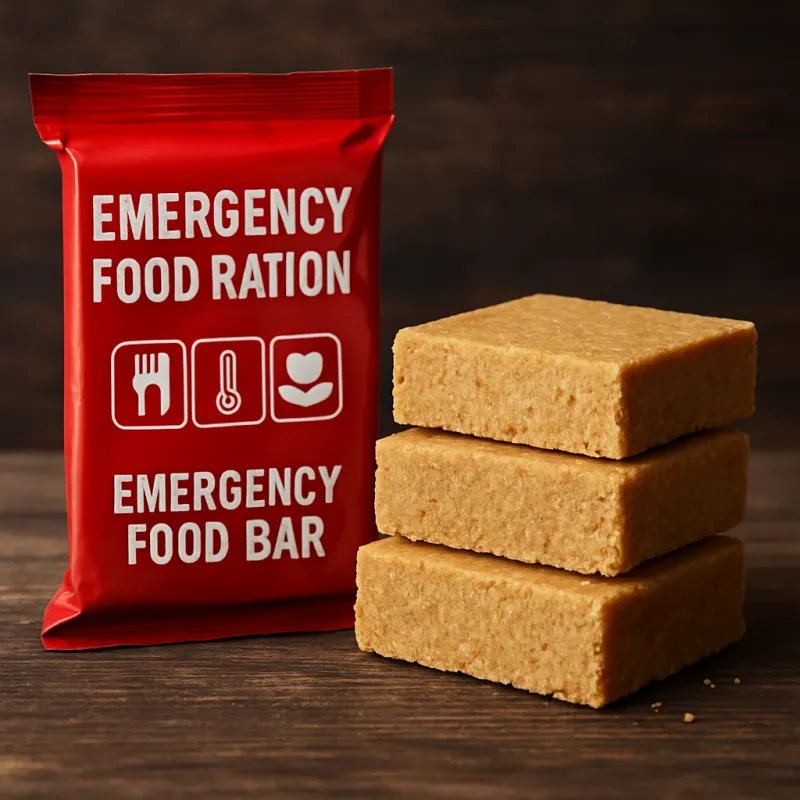In today’s unpredictable world, having a well-thought-out survival pantry is one of the smartest steps you can take to protect your family’s well-being. Emergencies—whether natural disasters, economic disruptions, or extended power outages—can arise at any time. Being prepared means more than just stocking up on food; it means ensuring you have a balanced, nutritious, and long-lasting food supply that meets your daily dietary needs.
This comprehensive guide will help you build a survival pantry that includes essential proteins, carbohydrates, and fats, as well as crucial extras like vitamins, flavor enhancers, and storage tools. Whether you're just starting or want to refine your prepper pantry, this extended guide is here to walk you through everything.
Why Balance Matters in a Survival Pantry
In an emergency, you won’t just be looking to eat—you’ll need to stay energized, healthy, and mentally sharp. A diet that lacks key macronutrients or becomes too repetitive can lead to fatigue, nutrient deficiencies, and low morale.
A balanced survival pantry ensures:
-
Steady energy levels (via carbohydrates)
-
Muscle maintenance and immune support (via proteins)
-
Efficient vitamin absorption and long-term energy (via fats)
-
Mental clarity and mood regulation (through a mix of nutrients and variety)
Let’s break down how to achieve this balance.
🥩 Protein: Your Body’s Structural and Immune Support
Protein is essential for muscle repair, hormone production, enzyme function, and more. In survival conditions, you may be more physically active or under stress, increasing your protein needs.
Best Protein Sources to Store:
Canned Animal Proteins:
-
Tuna, salmon, sardines (rich in omega-3s)
-
Canned chicken or turkey (lean, versatile)
-
Canned beef or stews (hearty, calorie-dense)
Plant-Based Proteins:
-
Dried beans & lentils: Extremely shelf-stable, especially in Mylar bags with oxygen absorbers
-
Canned beans: Quick to use, no soaking required
-
Chickpeas: Great for making hummus or hearty stews
Supplemental Proteins:
-
Whey or vegan protein powders: Lightweight, compact, excellent for supplementing meals
-
Textured Vegetable Protein (TVP): A dehydrated soy product that stores for decades and is high in protein
-
Freeze-dried eggs or powdered egg products: Ideal for baking or protein-rich breakfasts
Pro Tip: Rotate your protein sources to avoid palate fatigue and to provide a full amino acid profile, especially important for vegetarians.
🥚 Carbohydrates: Fuel for Your Brain and Body
Carbohydrates are your body's main energy source. In high-stress or physically demanding survival situations, quick and sustained energy from carbs is crucial.
Top Carb Staples:
Long Shelf Life Grains:
-
White rice: Stores up to 30 years in ideal conditions
-
Rolled oats or steel-cut oats: Good for breakfasts, baking, or savory dishes
-
Quinoa: High in protein and a complete amino acid profile
-
Couscous, millet, barley: Excellent alternatives for variety
Baking Essentials:
-
All-purpose flour: For bread, pancakes, and baked goods
-
Whole-wheat flour: Adds fiber and nutrition
-
Cornmeal: Great for cornbread, polenta, or grits
Shelf-Stable Carbs:
-
Pasta: Long shelf life, versatile, easy to cook
-
Instant mashed potatoes: Comfort food, easy to prepare
-
Crackers or hardtack: Lasts long when stored properly
Storage Tip: Store bulk carbs in food-grade buckets with gamma lids, vacuum-sealed bags, or Mylar with oxygen absorbers.
🥥 Fats: The Long-Burn Energy Source
Fats provide more than double the calories per gram compared to protein or carbs, making them essential in long-term survival. They also support brain function and hormone balance.
Healthy Fats to Store:
Oils:
-
Coconut oil: Long shelf life, stable at high temps
-
Olive oil: Heart-healthy, but shorter shelf life than coconut oil
-
Avocado oil: Great for cooking, neutral taste
Shelf-Stable Fat Sources:
-
Ghee (clarified butter): No refrigeration needed, long shelf life
-
Nut butters: Peanut butter, almond butter
-
Nuts and seeds: Almonds, chia seeds, sunflower seeds, walnuts (rotate frequently)
-
Canned or vacuum-packed cheese: Some types like cheddar or processed cheese can last months or more
Pro Tip: Store oils in dark glass bottles away from heat and light. Rotate oils every 6–12 months.
🍲 Complete and Ready-Made Meals
Sometimes, you need a quick, no-prep meal that’s balanced and filling.
Ready-to-Eat Options:
-
MREs (Meals Ready to Eat): Designed for soldiers, shelf life 5+ years
-
Dehydrated/freeze-dried meals: Brands like Mountain House, ReadyWise
-
Meal bars or protein bars: Emergency rations that are calorie- and nutrient-dense
-
Canned stews, soups, chili: Often contain protein, carbs, and fats in one can
Use these for variety, convenience, and morale boosts during stressful periods.
🌟 Enhancers, Supplements & Extras
Food fatigue is real. The same bland meals can quickly lower morale. Boost flavor and nutrition with these additions:
Flavor Boosters:
-
Salt, pepper, garlic, onion powder
-
Chili flakes, Italian seasoning, curry powder
-
Soy sauce, vinegar, mustard, hot sauce
-
Honey or sugar: For flavor and baking
Nutrient Supplements:
-
Multivitamins: To cover any dietary gaps
-
Vitamin D & C: Support immunity and mental health
-
Electrolyte powders: Important during dehydration or illness
Beverages:
-
Tea & instant coffee: Comforting and morale-boosting
-
Powdered drink mixes: Vitamin-enhanced or energy drinks
-
Shelf-stable milk or powdered milk: Versatile and great for kids
❄️ Best Practices for Long-Term Food Storage
A well-stocked pantry is only effective if your food stays safe and fresh. Here’s how to extend shelf life and prevent spoilage:
Storage Conditions:
-
Cool: Ideally below 70°F
-
Dark: Avoid direct sunlight
-
Dry: Prevents mold and pest infestations
Tools & Containers:
-
Mylar bags with oxygen absorbers
-
Vacuum-sealed jars or bags
-
Food-grade buckets with gamma lids
-
Labels: Include dates and contents
Inventory Management:
-
First in, first out (FIFO): Use older items first
-
Routine checks: Every 3–6 months
-
Track quantities: Know what you have and what you need to restock
☑️ Sample 30-Day Pantry Starter List (Per Person)
-
20 lbs rice or grains
-
10 lbs beans (dried or canned)
-
5 lbs pasta
-
2 lbs oats
-
5 cans of meat/fish
-
1 jar peanut butter
-
1 bottle olive or coconut oil
-
Assorted canned vegetables (10 cans)
-
Assorted spices & condiments
-
Protein powder (1–2 lbs)
-
Multivitamins (30 servings)
-
Water (at least 30 gallons or filter system)
Adjust this list based on dietary restrictions, family size, and preferences.
📆 Long-Term Planning: Rotate, Replenish, Refine
Survival isn’t just about preparing once and forgetting it. It’s an ongoing process. Regularly revisit your pantry to:
-
Replace expiring items
-
Add variety
-
Update based on dietary needs
-
Track consumption trends
Preparedness is peace of mind. By taking action today, you ensure that your future self is supported, nourished, and resilient—no matter what challenges come your way.
📋 Final Thoughts
Building a smart, balanced survival pantry doesn’t have to be a stressful experience. With the right foods, proper storage methods, and a focus on nutrition and variety, you can create a stockpile that sustains both body and spirit during uncertain times.
Whether you're a seasoned prepper or just getting started, remember: a little planning now can make all the difference later.
Stay safe. Stay prepared. Stay nourished.



